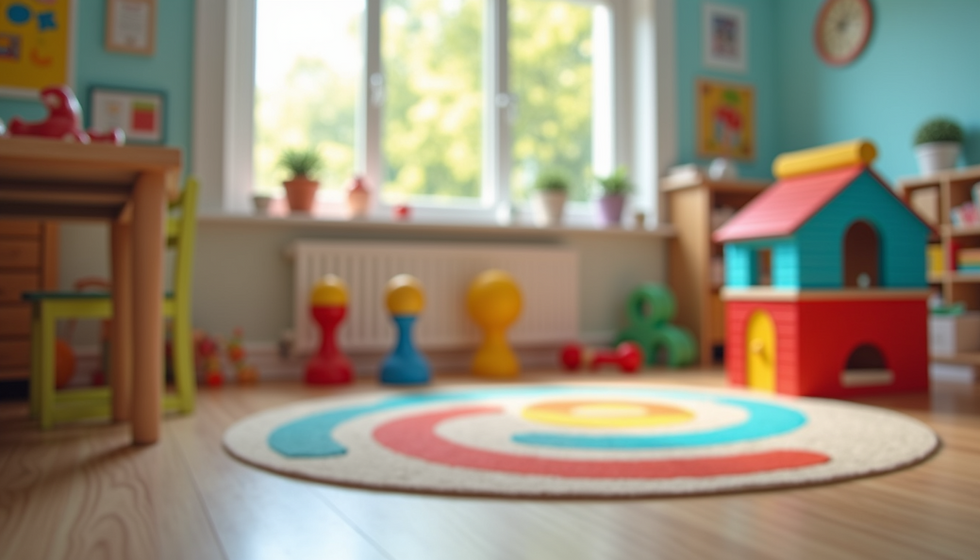Effective Speech Therapy Techniques for Communication
- Hailey Warren
- Oct 16
- 4 min read
Helping a child find their voice is a journey filled with hope, patience, and the right tools. When a child exhibits difficulty with speech or language, it can feel overwhelming. But with the right approach, progress is not only possible - it’s exciting to watch. I want to share some effective speech techniques that can make a real difference in your child’s communication skills. These methods are practical, easy to apply, and designed to encourage growth in a warm, supportive way.
Understanding Effective Speech Techniques
When we talk about effective speech techniques, we mean strategies that help children improve how they express themselves and understand others. These techniques focus on building skills step-by-step, making communication clearer and more confident.
One of the most important things to remember is that every child is unique. What works for one might need adjusting for another. That’s why flexibility and patience are key. Here are some techniques that have proven helpful:
Modeling clear speech: Speak slowly and clearly. Use simple sentences and repeat important words. This helps children hear the correct way to say things.
Using visual aids: Pictures, flashcards, and gestures can support understanding and make learning fun.
Encouraging imitation: Ask your child to repeat sounds, words, or phrases. Celebrate their efforts to build confidence.
Breaking down words: Help your child say longer words by breaking them into smaller parts.
Interactive play: Use toys and games that encourage talking and listening.
These techniques create a positive environment where children feel safe to try and learn. You can find more detailed guidance and personalized support by exploring speech therapy techniques.

How to Use Effective Speech Techniques at Home
Incorporating these techniques into daily life is easier than you might think. The key is to make communication a natural part of your routine. Here are some simple ways to do that:
Talk about your day: Narrate what you’re doing as you go about chores or errands. For example, “I am washing the red shirt” or “Let’s put the blue blocks in the box.”
Read together: Choose books with pictures and simple text. Point to the pictures and name them. Ask your child to repeat words or describe what they see.
Sing songs and rhymes: Music helps with rhythm and memory. Songs with repetition are especially helpful.
Use everyday moments: Mealtime, bath time, and playtime are perfect for practicing new words and sounds.
Be patient and positive: Celebrate small wins and avoid rushing. Encouragement goes a long way.
Remember, consistency is important. Even a few minutes each day can add up to big improvements over time.

What is the 8 Minute Rule for Speech Therapy?
You might have heard about the "8 minute rule" in speech therapy. This is a helpful guideline that suggests breaking therapy or practice sessions into short, focused intervals of about eight minutes. The idea is to keep the child engaged without overwhelming them.
Why eight minutes? Young children often have limited attention spans. Short bursts of focused activity can be more effective than longer sessions where they might lose interest or get tired. Here’s how you can apply this rule:
Set a timer: Use a timer to keep sessions short and sweet.
Focus on one skill at a time: For example, practice a particular sound or word during each session.
Take breaks: After eight minutes, give your child a break or switch to a different activity.
Repeat throughout the day: Multiple short sessions can be more productive than one long one.
This approach helps maintain enthusiasm and makes learning feel like play rather than work.

Tips for Encouraging Communication Beyond Therapy
Speech therapy is just one part of the journey. Encouraging communication in everyday life is equally important. Here are some tips to keep the momentum going:
Create a language-rich environment: Surround your child with words through books, conversations, and labels around the house.
Ask open-ended questions: Instead of yes/no questions, try “What do you want to play?” or “Can you tell me about your drawing?”
Use positive reinforcement: Praise attempts to communicate, even if the words aren’t perfect.
Be a good listener: Show interest and patience. This encourages your child to keep trying.
Involve siblings and family: Encourage everyone to use the same techniques and support the child’s progress.
These small changes can make a big difference in how comfortable and confident your child feels when speaking.
Supporting Your Child’s Communication Journey
Every step your child takes toward better communication is a victory. It’s important to remember that progress may be slow at times, but with consistent support, your child can unlock their full potential. Using effective speech techniques regularly helps build a strong foundation for lifelong communication skills.
If you’re looking for specialized help, consider reaching out to professionals who understand your child’s unique needs. Speak Easy Speech is dedicated to helping children in Phoenix and Scottsdale grow their communication skills in a nurturing environment. Together, we can make sure your child’s voice is heard loud and clear.
Keep encouraging, keep practicing, and celebrate every word. Your support is the most powerful tool your child has.




Comments